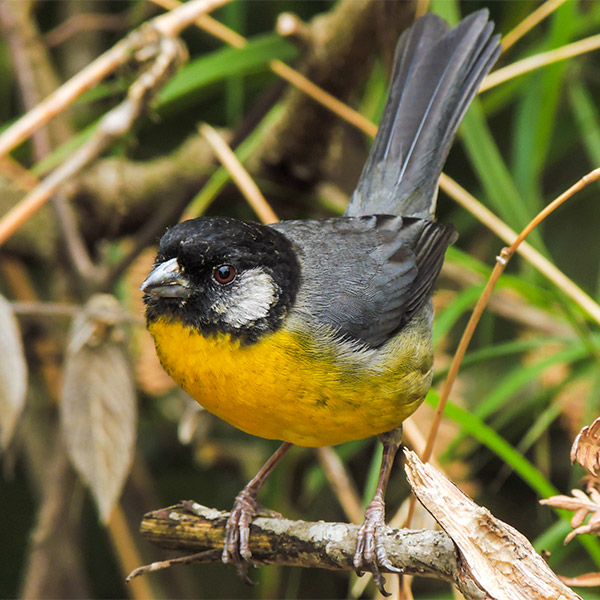


I adopted a dog when I was in Colombia and I brought her with me to Italy. Ho adottato una cagnolina quando ero in Colombia e l’ho portata con me in Italia.If you want to specify your dog is female, you can say “cagnolina”, even if she’s not a puppy, or even small!

Note: The term cagna in Italian has become an insult in day-to-day language. Un cucciolo di leone, un cucciolo di balena, un cucciolo di zebra, ecc.Ī lion cub, a whale cub, a zebra cub, etc.Likewise, if there is no noun for the young of an animal, you can use the structure: un cucciolo di… and then the name of the animal. This is a male hamster, while that one is a female one. Questo è un criceto maschio, mentre quello è un criceto femmina.Then, you can add the adjectives maschio (male) or femmina (female) to define the animal’s gender. TIP: When you see there is no female version in the table, it means the same noun can be used for both. Let’s see the names of pets in Italian then. Although the English version is becoming more and more popular, we need to use two words to describe our furry best friends: animali domestici, which does not mean “domesticated animals”, be careful! The adjective domestico in Italian means “of the house” (“domesticated” would be addomensticato). Unfortunately, we do not have such a cute word as “pets” in Italian. Let’s start learning the names of the animals in Italian! This means that, once you know a few simple rules, you’ll have no problem pronouncing any word you read. We all have our preferences and fears regarding animals, and asking “ Qual è il tuo animale preferito?” (What is your favourite animal?) can be a fun ice-breaker - it will surely start an interesting conversation with your Italian friends!īelow you will find different categories of animals (domestic, wild, farm animals in Italian, etc.) with a table that will give you not only the main name of the animals, but also the plural and feminine, and the name for its young, when applicable.Īs you probably already know, Italian is a phonetic language, which means we pronounce all letters just as they are written. Learning the names of the animals in Italian is essential if you want to expand your vocabulary and add a new topic to your repertoire. In this article, you’ll learn the names of many of the other fascinating living beings that populate the planet, from the animali domestici (pets) who keep us company in the evenings, to the animali selvaggi (wild animals) we watch Sir David Attenborough documentaries about. Edited by Karen Marta, with an essay by Nadja Argyropoulou and Yorgos Tzirtzilakis, Animal Spirits includes work by Huma Bhabha, Paul Chan, Brian DeGraw, Sam Durant, Adam Helms, Christian Holstad, Cameron Jamie, Kim Jones, Panos Koutrouboussis, Dominic McGill, Tom Sachs, William Scott, Dash Snow and Kelley Walker.Of course, you probably decided to learn the Italian language to be able to communicate with other human beings… but there’s much more than humanity in this world! Comprised of the selected artworks, as well as installation photographs, the book articulates a startling worldwide social relapse and shows how contemporary artists are negotiating our precarious present. The book's title references British economist John Maynard Keynes' idea that -animal spirits-emotional factors that cannot be quantified, and that are often downplayed by economists-are crucial to the understanding of economic dynamics. The book's title references British economist John Maynard Keynes' idea that -animal spirits-emotional factors that cannot be quantified, and that are often downplayed by economists-are crucial to the understanding of Featuring works from the Dakis Joannou Drawing Collection, Animal Spirits comments on the current global crisis and the cultural climate it has fostered. Featuring works from the Dakis Joannou Drawing Collection, Animal Spirits comments on the current global crisis and the cultural climate it has fostered.


 0 kommentar(er)
0 kommentar(er)
